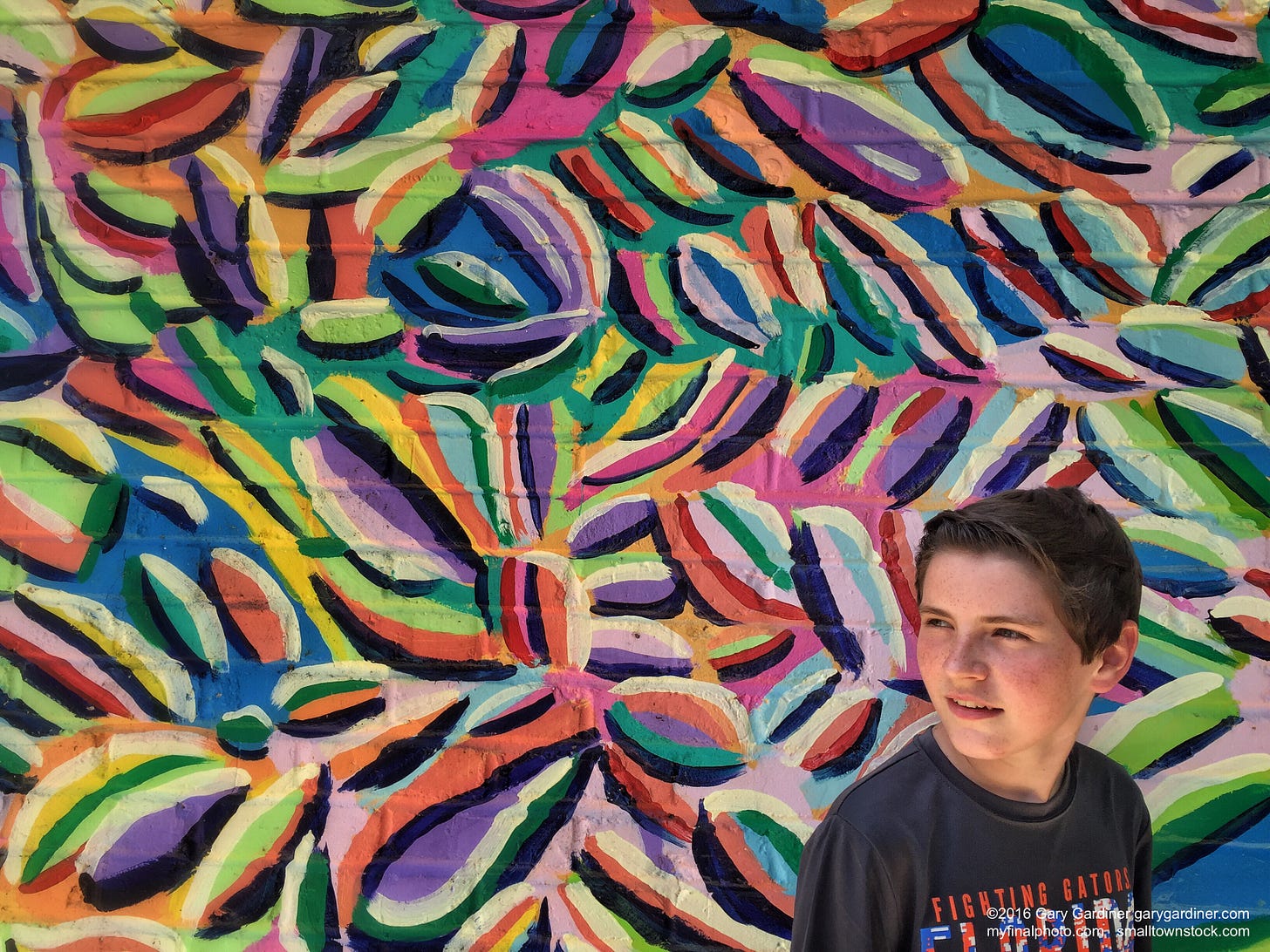The First Thing We Do Is Play
Whenever a new technology appears, the first thing we do is play.
That isn’t theory. It’s experience. I bought my first computer in 1977. It stored programs on cassette tapes. The first one I loaded wasn’t a spreadsheet. It was a game.
That simple act captured something universal about how we learn. We play before we understand. We push buttons, break things, and see what happens. Every generation does it with machines, with chemicals, and with cameras.
The earliest computers were designed for military math. The first psychedelic experiments were scientific curiosity. Both were quickly appropriated by people looking to explore perception. In the 1960s, LSD and psilocybin became cultural playgrounds. The same happened with computers. Hobbyists and students began to tinker, inventing games to see what logic could mimic.
And now, with AI, we are back at that same starting line. People use it first for play. Limericks, cats in armor, surreal portraits, and jokes. Short audio clips that fake a friend’s voice. Video models that can make a tiny movie of a dragon walking through your kitchen. All of this starts as amusement, stress test, dare. Show me something weird. Show me something impossible. The experimentation comes before the instruction manual.
Some of these experiments turn out to have deeper value. Just as LSD, marijuana, and psilocybin, once dismissed as counterculture toys, have reemerged as therapies for depression and trauma, AI may evolve from novelty to medicine. It could soon do more than make people feel seen. It could assist with diagnosis, suggest likely treatments, and even point researchers toward new drugs and new uses for old drugs. It could guide someone through grief, interrupt harmful thought loops, or help rebuild empathy in people who have shut down. Play becomes treatment once the tool is understood and trusted.
That evolution from play to purpose is one I lived through firsthand.
Those of us who started with cassette-based computers began with games. They were how we learned logic, feedback, and patience. But then came VisiCalc, the first spreadsheet. Suddenly, the same keyboard that once bounced a digital ball across a black screen could balance a budget. The toy became a tool.
VisiCalc turned curiosity into productivity. It taught an entire generation of early users that play and problem-solving were not opposites. They were steps in the same process. Every new capability began as an experiment, and experimentation itself became the gateway to understanding.
That rhythm of play, struggle, and mastery also defines how photographers learn to see.
When I first started making pictures, before I ever worked for a newspaper, I did what every young photographer did. I built a darkroom out of whatever I could find: black plastic, red bulbs, and an enlarger bought secondhand from someone who had given up on the craft. I used the cheapest chemicals I could afford and cameras that barely worked. Sometimes they leaked light. Sometimes I did, accidentally.
My first darkroom was the kitchen and dining room of a half-basement apartment. It grew dark, with the one small window covered by a towel and black garbage bags taped over the door to the living room.
You learn fast when you can’t afford to fail too often. Every mistake becomes a teacher. You push the limits of bad equipment until it gives you something honest. Then, when you finally earn a little money, you buy better gear, not because you expect it to make you better, but because you’ve learned enough to use it properly.
That cycle never really ends. When I eventually worked for The Associated Press, traveling on assignments, the same lessons followed me. I processed film in bathrooms, hallways, and basements, wherever there was running water and a little privacy. The smell of fixer mixed with soap and sweat, and I rinsed reels in whatever sink or toilet was clean enough to serve the purpose.
The darkroom at the Memorial Tournament at Muirfield was the caddy‘s bathroom. No need to describe the exact conditions at the end of a round of golf.
It wasn’t glamorous, but it was honest work. Those early struggles in makeshift darkrooms had prepared me for everything that came later: how to work with what’s available, how to adapt, and how to see under pressure.
That is what connects photography, psychedelics, computing, and AI. They are all acts of controlled transformation. You enter a space where perception changes, whether it is light on film, code on a screen, or thought refracted through a neural net, and you practice until you can guide it on purpose.
Every tool begins as play. It becomes a skill through repetition. It becomes art through intention. And at the far end, when you have done it long enough, you realize that mastery is just a better form of play.
The first time I saw an image appear under the red light of a darkroom tray, it was magic. The first time I watched an AI system respond to a question with coherence, it felt the same. Both moments came from the same impulse, to experiment without knowing where it would lead.
Half a century later, that impulse still drives everything I do. Whether it is a game, a photograph, or a conversation with a machine, the process never changes. You start with what you have. You work with what you can afford. You learn to make meaning in cramped spaces.
And eventually, if you stay curious long enough, you discover that what you were doing all along wasn’t play after all. It was preparation.
My Final Photo News is a reader-supported publication. To receive new posts and support my photography and commentary, become a free or paid subscriber. Subscribe to The Westerville News and PhotoCamp Daily. My Final Photo News also recommends Civic Capacity and Into the Morning by Krista Steele.




